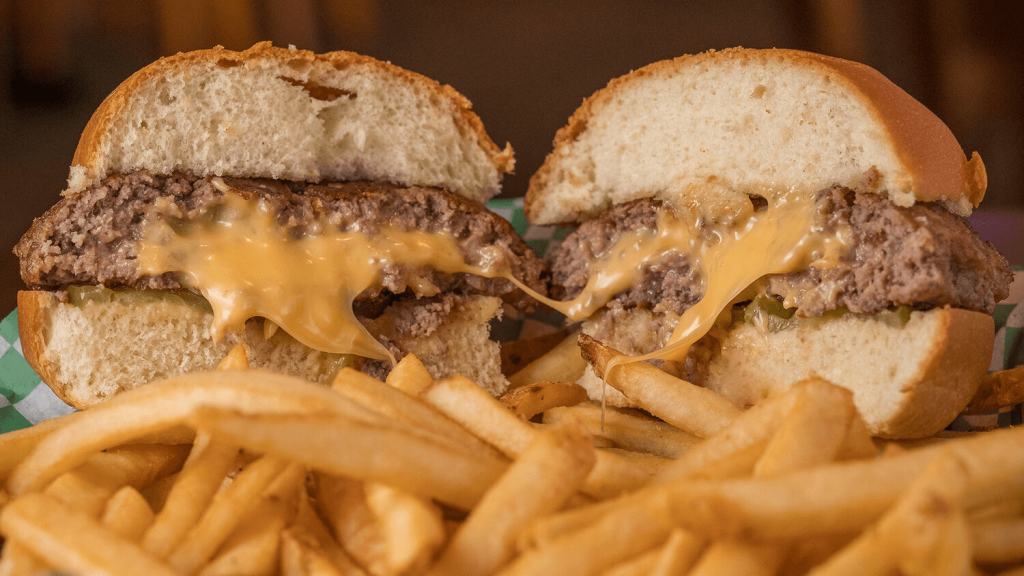FAQ
Black-backed Woodpecker © Bryan Calk
ANSWERS TO your QUESTIONS
Planning a birding trip involves many factors and some unknowns. This guide to frequently asked questions will assist you in the process. If you need further clarification on any points or have questions not covered here, please don’t hesitate to ask us!
Where do I go?
Minnesota is a vast state home to a rich diversity of bird species. Each region boasts its own unique birds that often do not occur anywhere else in the state. We invite you to explore our locations page, where you can discover which regions are home to specific species. As you plan your birding adventure, think about the species you want to see and how far you’re willing to travel. If budget is not a concern, consider a tour that takes you from the northern reaches to the southern parts of Minnesota, allowing you to experience the full range of avian life the state has to offer.


When do I come?
One of the best times to experience Minnesota and its specialty birds is during the height of the breeding season, which runs roughly from May through July. With some exceptions, the vast majority of species will be establishing territories and raising young during this time. The beginning and end of this period also mark peak migration for neotropical and temperate species. The non-breeding season, from January through March, also holds many wonders, including boreal forest specialties in the north, such as the Great Gray Owl and Evening Grosbeak!
What will I see?
This depends on when you come, where you go, and your objectives. Minnesota Ornithologists Union produces a useful up-to-date state checklist while eBird is without doubt the most dynamic tool. Use the downloadable lists to the right to determine which species you can expect to see or target during your visit. You can view species sorted by taxonomic order (evolutionary relationships) or sighting frequency (percentage of checklists that have reported the species). NOTE: frequency does not necessarily reflect the likelihood of seeing a given species.
TAXONOMIC Order
Sighting FREQUency
What do I bring?
Start with whatever you bring out birding on a regular basis – binoculars, spotting scope, camera, appropriate outerwear (including sunscreen, bug spray, and chapstick), daypack, and water/snacks. Check out our services page for a list of what we’ll bring along as well. Bring at least one layer each of clothes for warm, cold, and wet conditions. We recommend sticking with long pants, long sleeves, and closed-toed shoes when in the field.


What do I eat?
Food is handled per circumstances and preferences. Breakfast is quick, usually at your lodging, a quick restaurant, or packed ahead of time for the field. Similarly, lunch is often on-the-go, either packed or ordered at a quick restaurant along the way. Often folks choose to beat the heat and the mid-day lull by taking a break and eating lunch at a dine-in restaurant. Dinner is the best time to relax and enjoy some good food out. Yelp and Trip Advisor are excellent resources to locate Louisiana’s non-bird specialties!
What is the weather like?
Overall, Minnesota’s climate is shaped by its northern latitude and varied topography, and characterized by cold, snowy winters and warm, humid summers. Winter temperatures can plunge well below freezing, with January often being the coldest month, while snowfall is common, particularly in the northern regions. As spring approaches, temperatures gradually rise, leading to a transition marked by rain and melting snow. Summers are typically warm, with July being the hottest month. Fall brings cooler temperatures and vibrant foliage, making it a picturesque season. It is always best to check conditions where you will be before you go. Accuweather and Weather Underground are the best resources.


